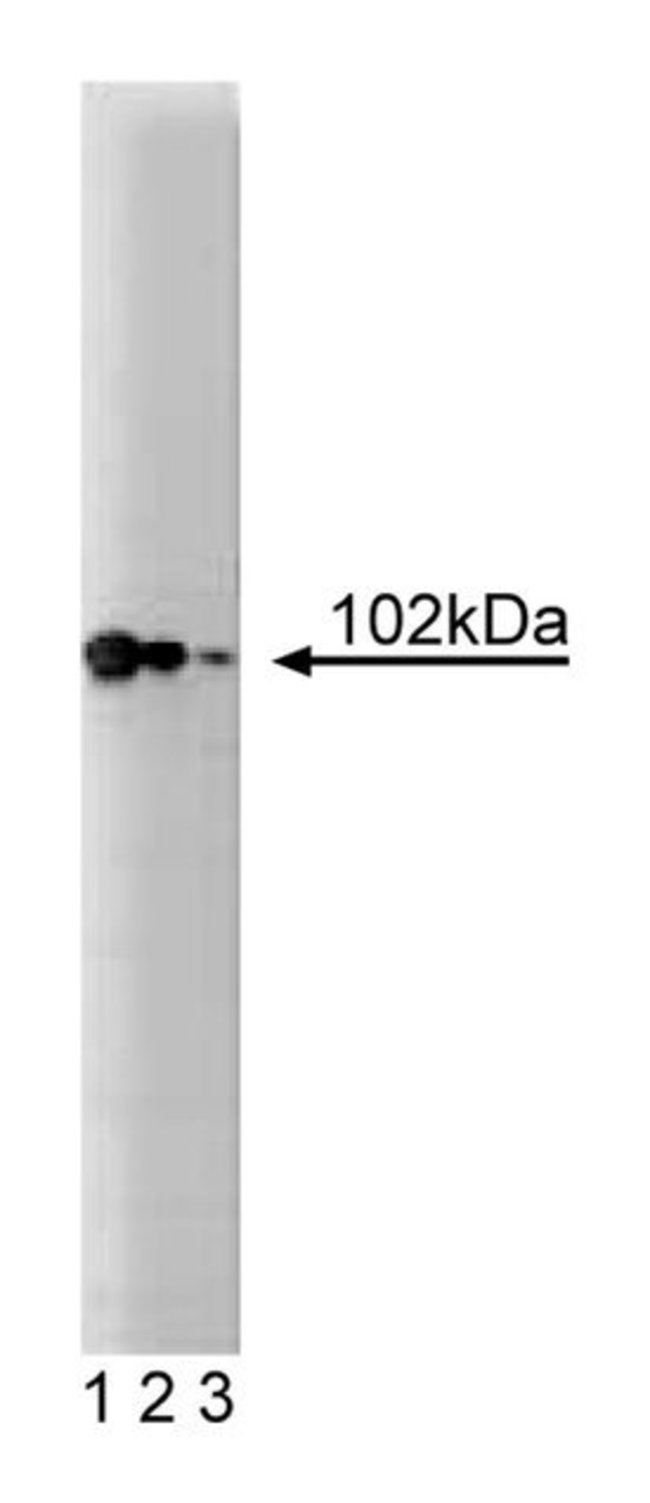alpha;-Catenin Mouse, Unlabeled, Clone: 5, BD, Mouse Monoclonal Antibody, Each

Details:
The catenins (α-, β-, and γ-) are cytoplasmic proteins that bind to the highly conserved cytoplasmic tail of E-Cadherin. The cadherins, transmembrane adhesion molecules, are found with catenins at adherens junctions (zonula adherens). These junctions are critical for cell-cell adhesion, signal transmission between neighboring cells, and for the anchoring of the actin cytoskeleton. α-Catenin (CAP102) shows homology to vinculin, while β-Catenin is similar to plakoglobin or the Drosophila armadillo gene product. α-Catenin was identified as an E-Cadherin-associated protein, however, it also appears to interact with other cadherin family members. There are at least two subtypes of α-Catenin: αE-Catenin and αN-Catenin. The predominant form is known as αE-Catenin. It is ubiquitously expressed, but at low levels in the nervous system. The expression of αN-Catenin is more restricted and this form predominates in the brain. Increased tyrosine phosphorylation of adherens junction proteins can disrupt catenin-cadherin complexes, leading to changes in cell adhesion properties. It has been noted that down-regulation of this group of proteins often precedes metastasis. In fact, data suggests a correlation between deletions within the α-Catenin gene and the development of prostate cancer.Immunofluorescence, Immunohistochemistry, Immunoprecipitation, Western Blotting
Additional Information
| SKU | 10134833 |
|---|---|
| UOM | Each |
| UNSPSC | 12352203 |
| Manufacturer Part Number | 610194 |

